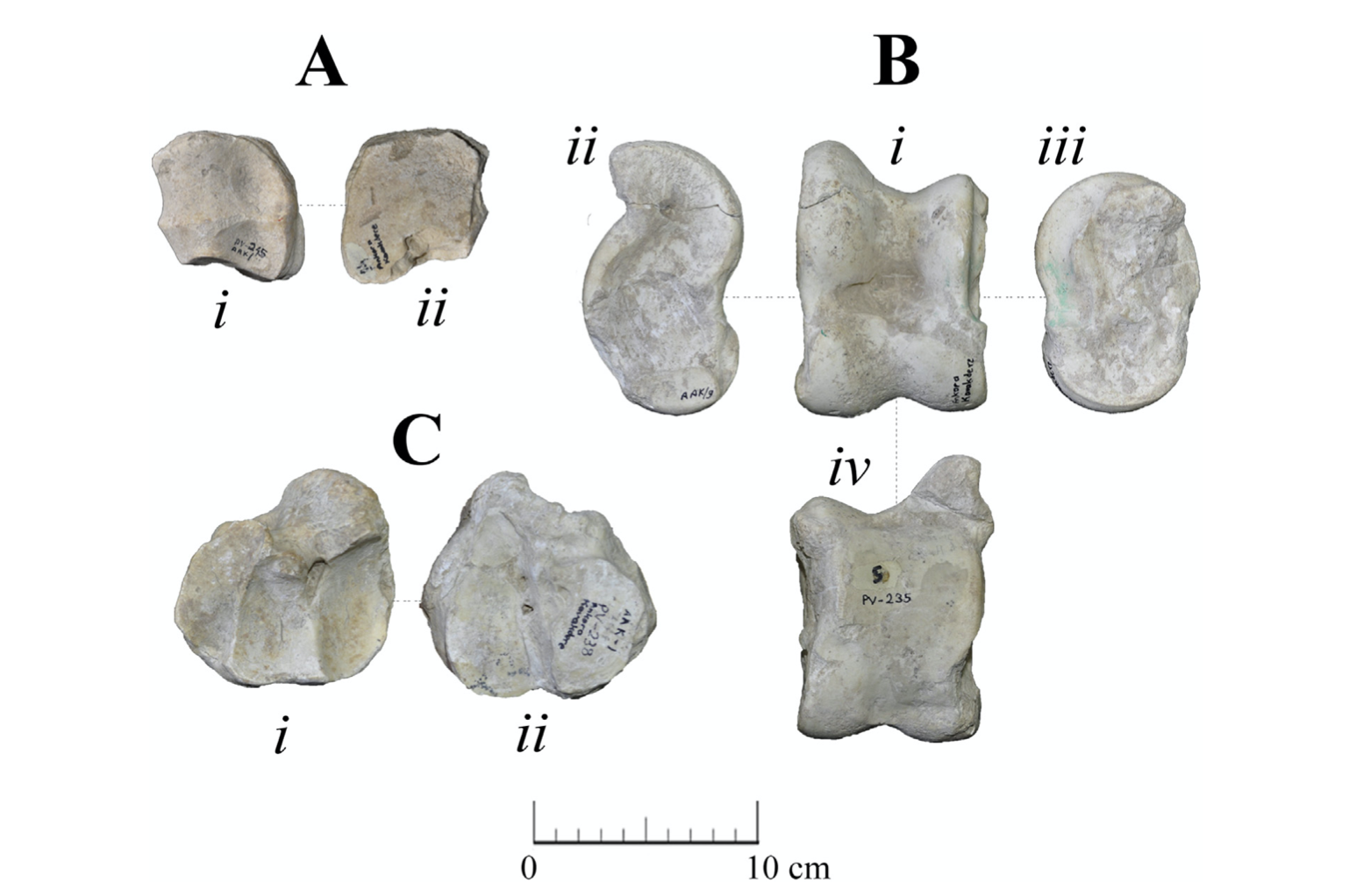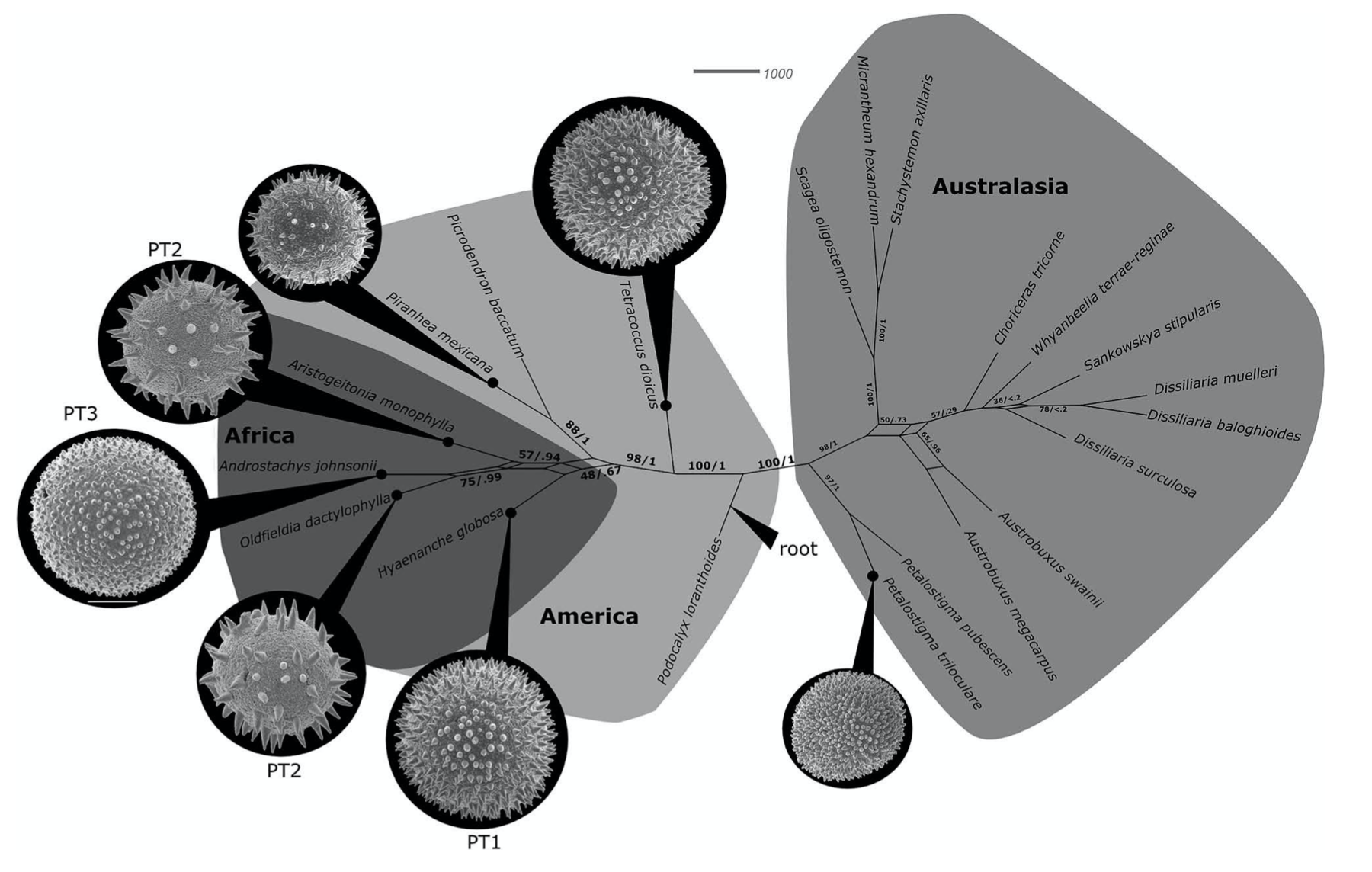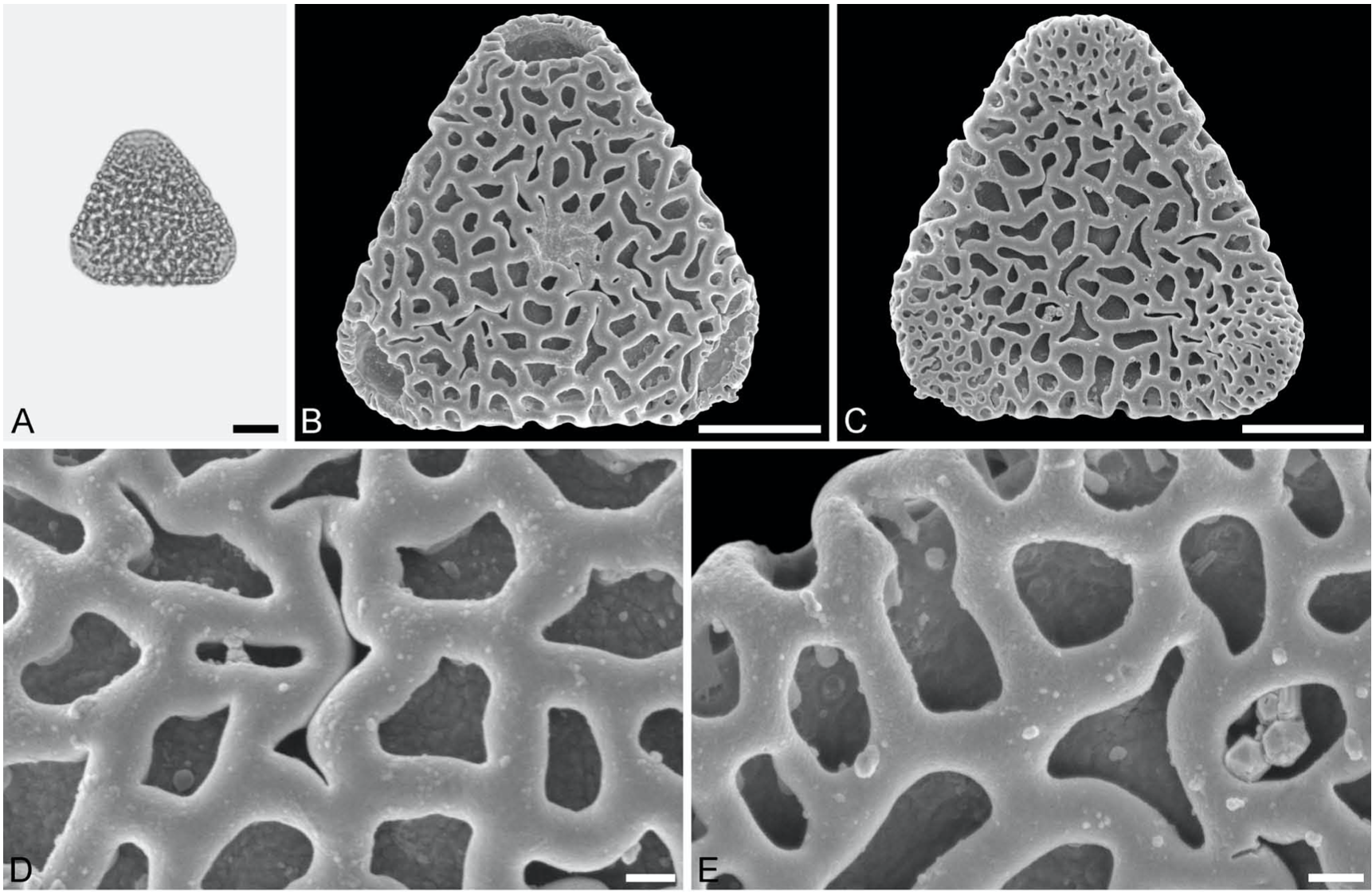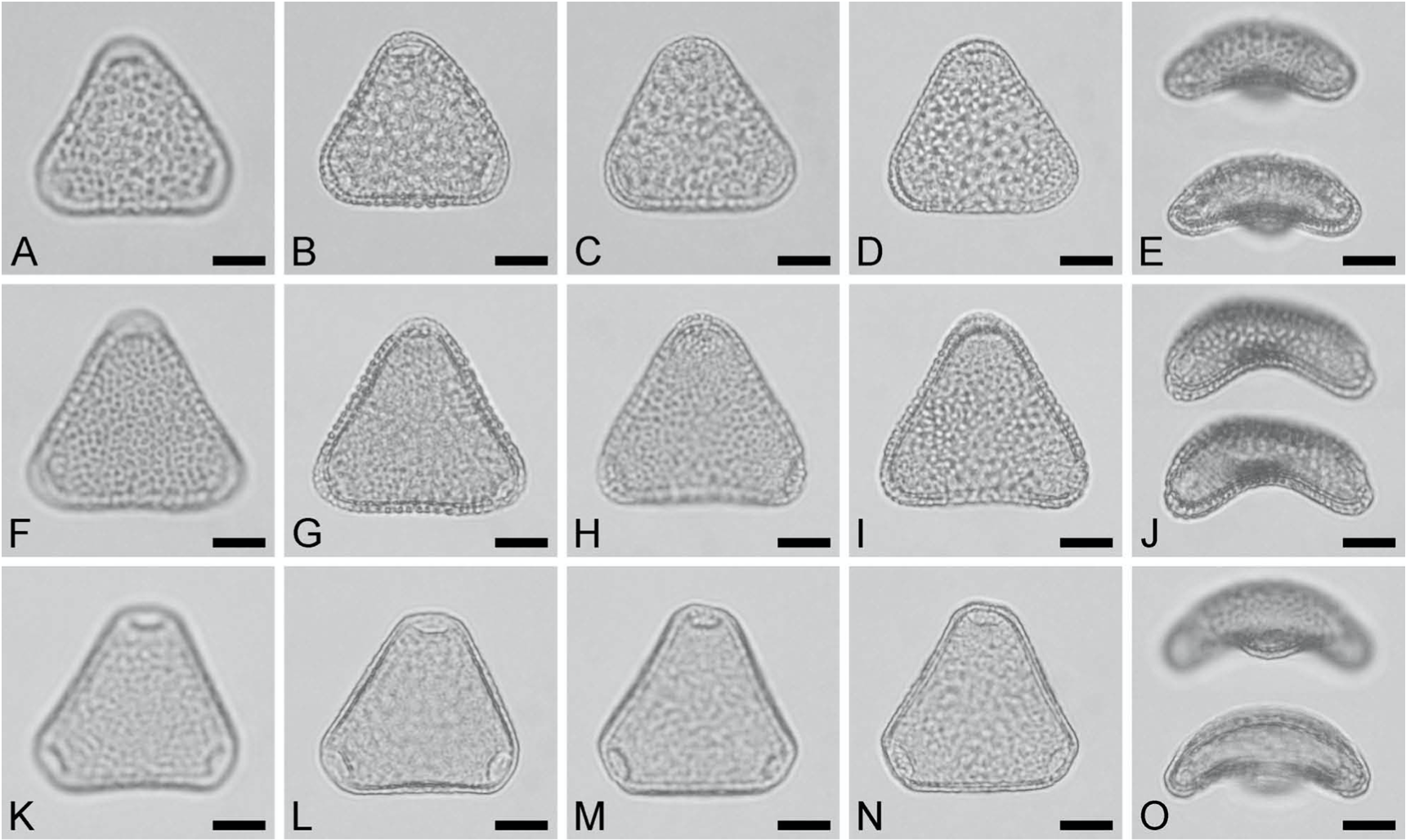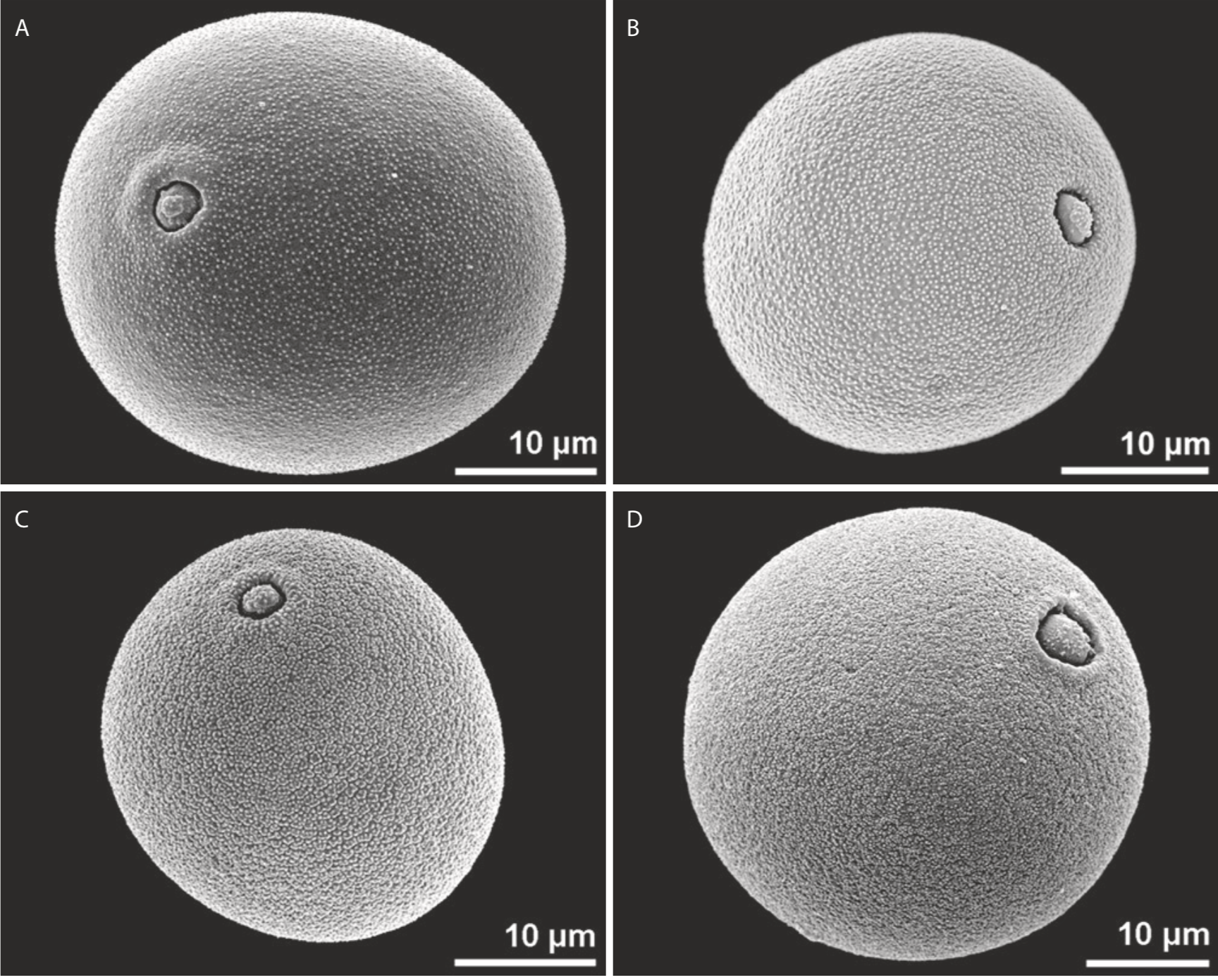Authors: Thomas Denk, Friðgeir Grímsson, Reinhard Zetter, Leifur A. Símonarson
This chapter evaluates climatic signals from floras of 11 sedimentary rock formations from Iceland spanning the time interval 15–0.8 Ma. From 15 to 12 Ma, the climate was humid warm temperate probably with hot summers (Cfa climate) as evidenced by the presence of taxodiaceous conifers such as Glyptostrobus and Cryptomeria and warmth-loving angiosperms. The first shift towards cooler conditions occurred between ca 12 and 10 Ma; during this period the Taxodiaceae and warmth-loving angiosperms such as Magnolia, Lauraceae, and Liriodendron disappeared from the vegetation of Iceland, whereas at the same time, a massive immigration of herbaceous plants and small-leaved Ericaceae is recorded. This shift appears to reflect the transition from a Cfa to a Cfb climate. The second shift was between ca 5.5 and ca 4.4 Ma; after this interval, small-leaved Salix species are recorded for the first time and co-occurred with exotic elements such as the large-leaved evergreen Rhododendron subsection Pontica. Mild (Cfb climate) conditions lasted at least until ca 3.6 Ma. Between ca 3.6 and 2.4 Ma, the switch to the modern Cfc and ET climates occurred. This is reflected by the modern appearance of the Pleistocene floras. While cooling on a global scale occurred immediately after the Mid-Miocene Climatic Optimum at ca 17–15 Ma due to the rapid growth of the Eastern Antarctic Ice Sheet, mild and warm conditions lasted until at least ca 12 Ma in Iceland, underscoring the effect of warm sea currents on regional climate. The shift from a warm-house to a cold-house climate, as reflected in the floras of Iceland, coincided with the onset of large-scale glaciations in the northern hemisphere.
